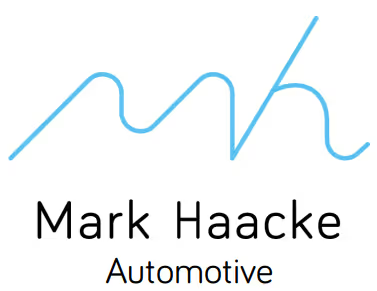Experten für Batterieprüfungen, BMS-Entwicklung und Wissen rund um Batterietechnologie
Driving
the Future
of Batteries
Vorstellung
Fokusbereiche
Unsere Services
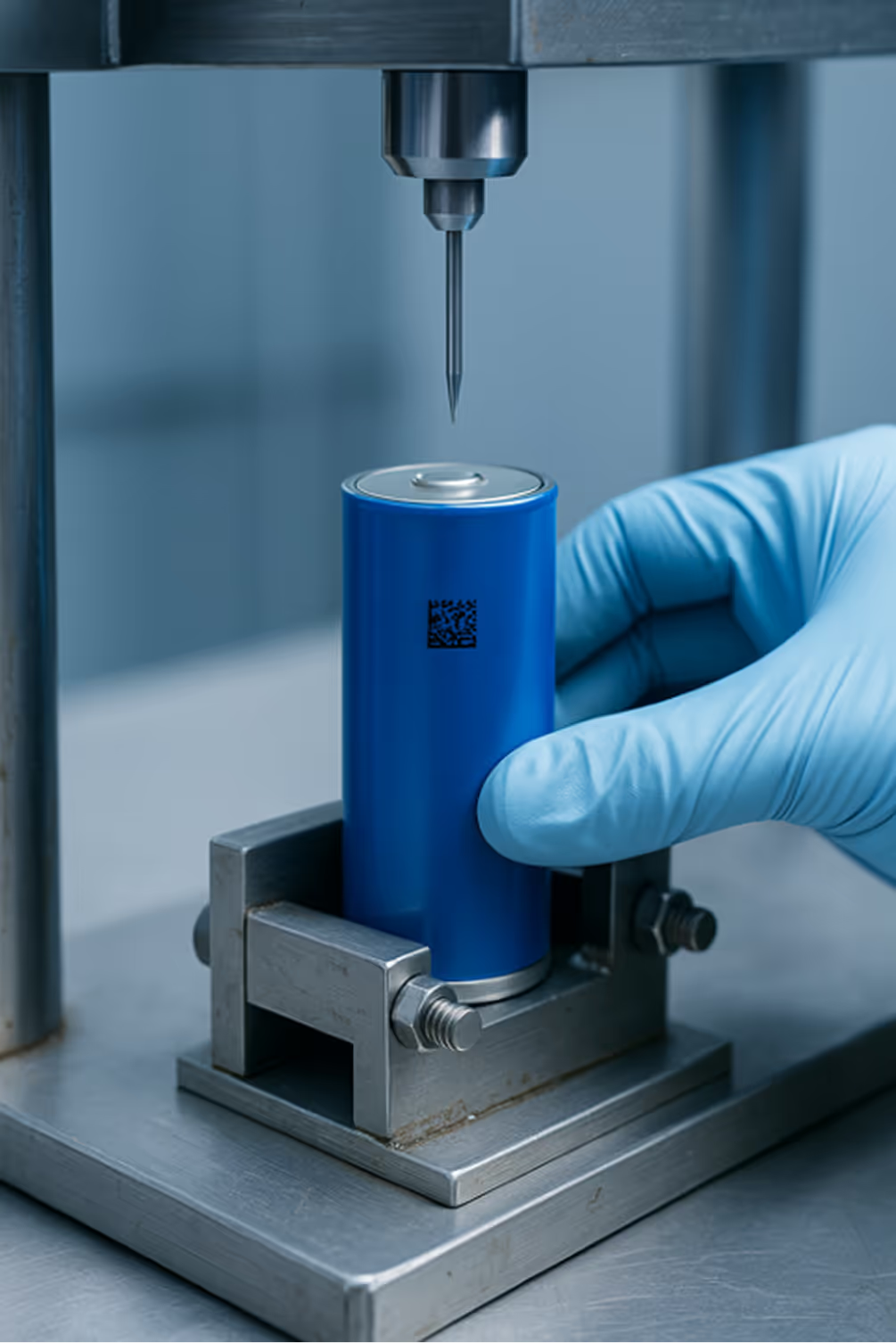
BATTERY Compliance
Wir stellen sicher, dass Ihre Batterien allen Sicherheits- und Leistungsanforderungen entsprechen.

OPERATIONS & TRAINING
Mit umfassende Schulungen und praxisortientierter Unterstützung vermitteln wir Ihnen das Wissen, was Sie benötigen, um langfristig erfolgreich agieren zu können.
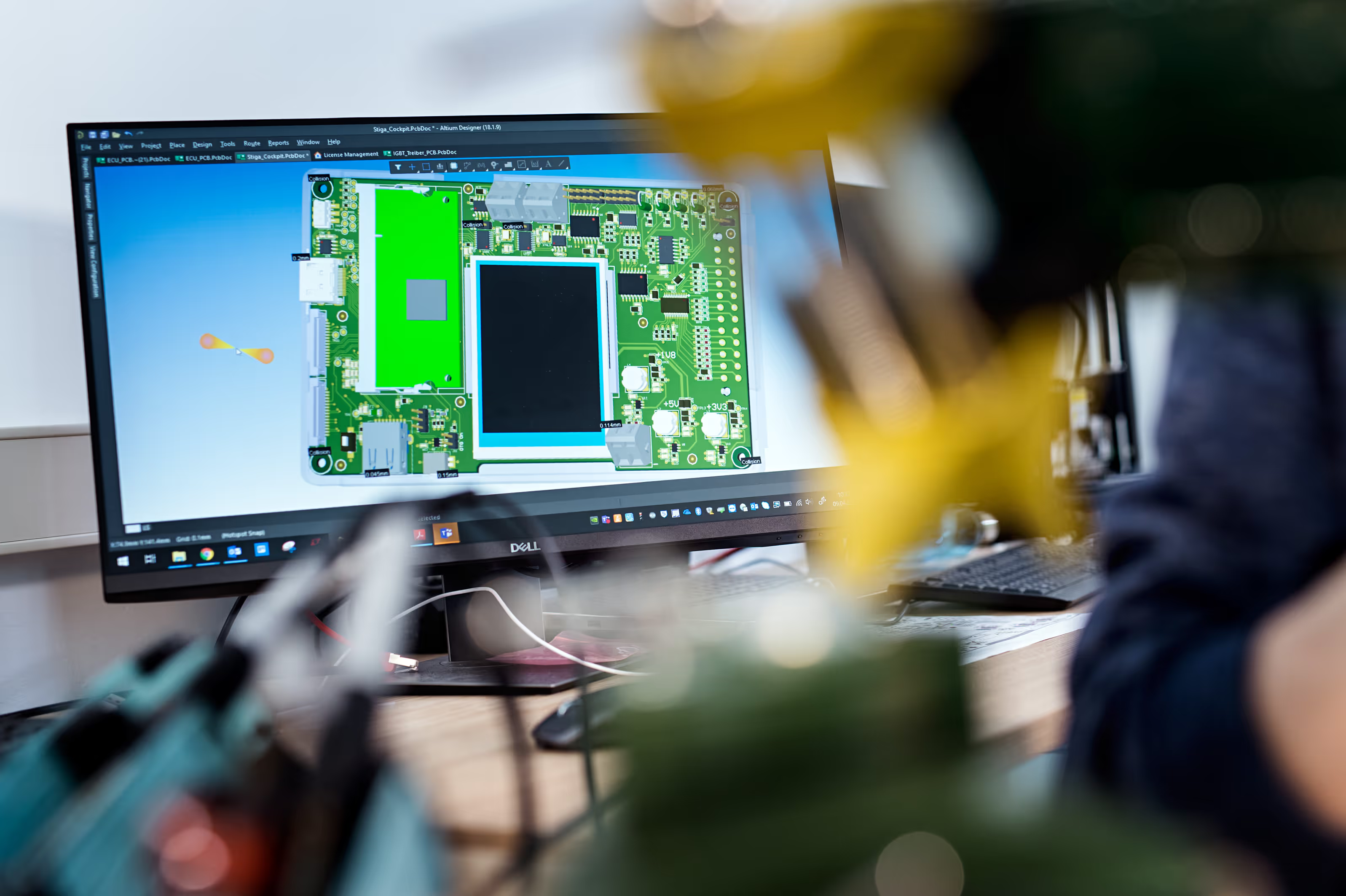
BMS-LÖSUNGEN
Wir bieten ein breites Spektrum an Ingenieurleistungen für Lithium-Ionen-Batterien, Energiespeicher und Batterie-Management-Systemen für verschiedene Branchen.
UNSERE Methode
Was uns auszeichnet
AUS WISSEN WIRD WIRKUNG
Unsere Mission geht über Ergebnisse hinaus:
Wir vermitteln Wissen, bauen Fähigkeiten auf und befähigen Sie und Ihr Team mit Vertrauen und Ihr Team, als Ihr Begleiter mit Vertrauen zu führen.
TECHNISCHE TIEFE kombiniert mit durchdachter Methodik
Bei jedem Schritt kombinieren wir fundiertes technisches Fachwissen, strukturierte Methoden und eine ausgeprägte praktische Denkweise, um komplexe Batterieprobleme in skalierbare Lösungen zu verwandeln.
ÜBER DEN TELLERRAND VORAUSDENKEN
Mit einem klaren Fokus auf Innovation, Skalierbarkeit und langfristiger Wirkung helfen wir unseren Partnern, die Zukunft von Energie und Mobilität zu gestalten und auf die Herausforderungen von morgen vorbereitet zu sein.
PEM Motion
in Zahlen
Die Zusammenarbeit mit PEM bedeutet einen unvergleichlichen Zugang zu einem leistungsstarken Netzwerk von E-Mobilitätsexperten der RWTH Aachen, wodurch Ihre Fähigkeiten erweitert werden und wir gemeinsam zu überlegenen Innovationen gelangen. Entdecken Sie die Essenz von PEM Motion anhand von Zahlen.
GEGRÜNDET IN
GLOBALE PRÄSENZ bei
MEHR ALS
MEHR ALS
MEHR ALS
MEHR ALS
MEHR ALS
MEHR ALS

EINBLICKE AUS DER PRAXIS
Bleiben Sie beim Thema Batterietechnologie auf dem neusten Stand – mit unseren Kundengeschichten, Experteneinblicken und Branchenneuigkeiten.
Globale Einblicke, lokale Auswirkungen.
Mit Standorten in zentralen Märkten ist PEM Motion strategisch optimal aufgestellt, um Ihre Anforderungen im Bereich Batterietechnologie zu unterstützen. Unsere engagierten Teams entwickeln maßgeschneiderte Lösungen, die Effizienz steigern und Innovationen vorantreiben.



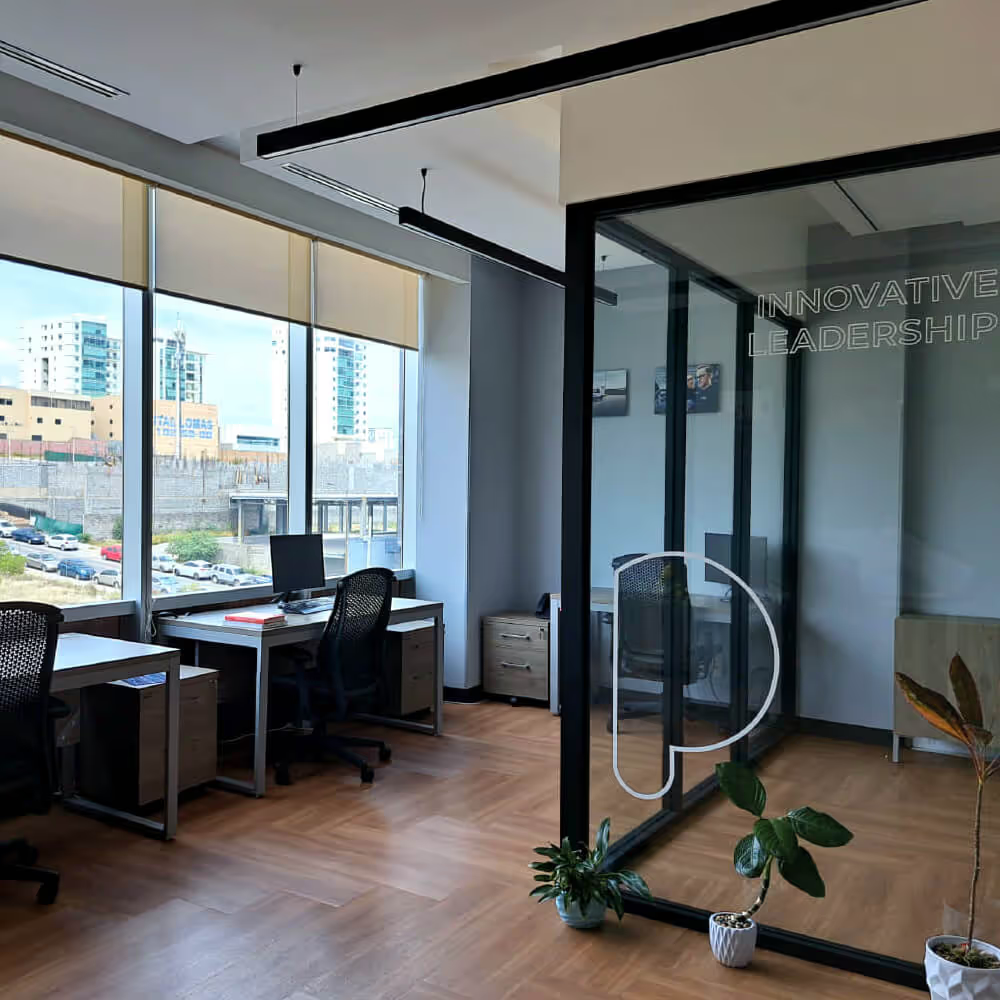

MEXIKO
Kommende Veranstaltungen
Besuchen Sie uns auf Messen und Konferenzen
Das ganze Jahr über treffen Sie uns auf den wichtigsten Branchenveranstaltungen. Besuchen Sie uns gerne, um über Ihre Ideen und unsere Dienstleistungen zu sprechen – wir freuen uns auf den Austausch.
Werden Sie Teil unseres Wachstums. Entdecken Sie Ihr Potenzial mit uns.

Werden Sie Teil unseres Wachstums. Entdecken Sie Ihr Potenzial mit uns.

BEREIT FÜR INNOVATIONEN? MELDEN SIE SICH BEI UNS!
Mit PEM Motion gelingt es Ihnen, ambitionierte und visionäre Ideen auf die Straße zu bringen. Kontaktieren Sie uns für weitere Informationen oder einen persönlichen Termin!


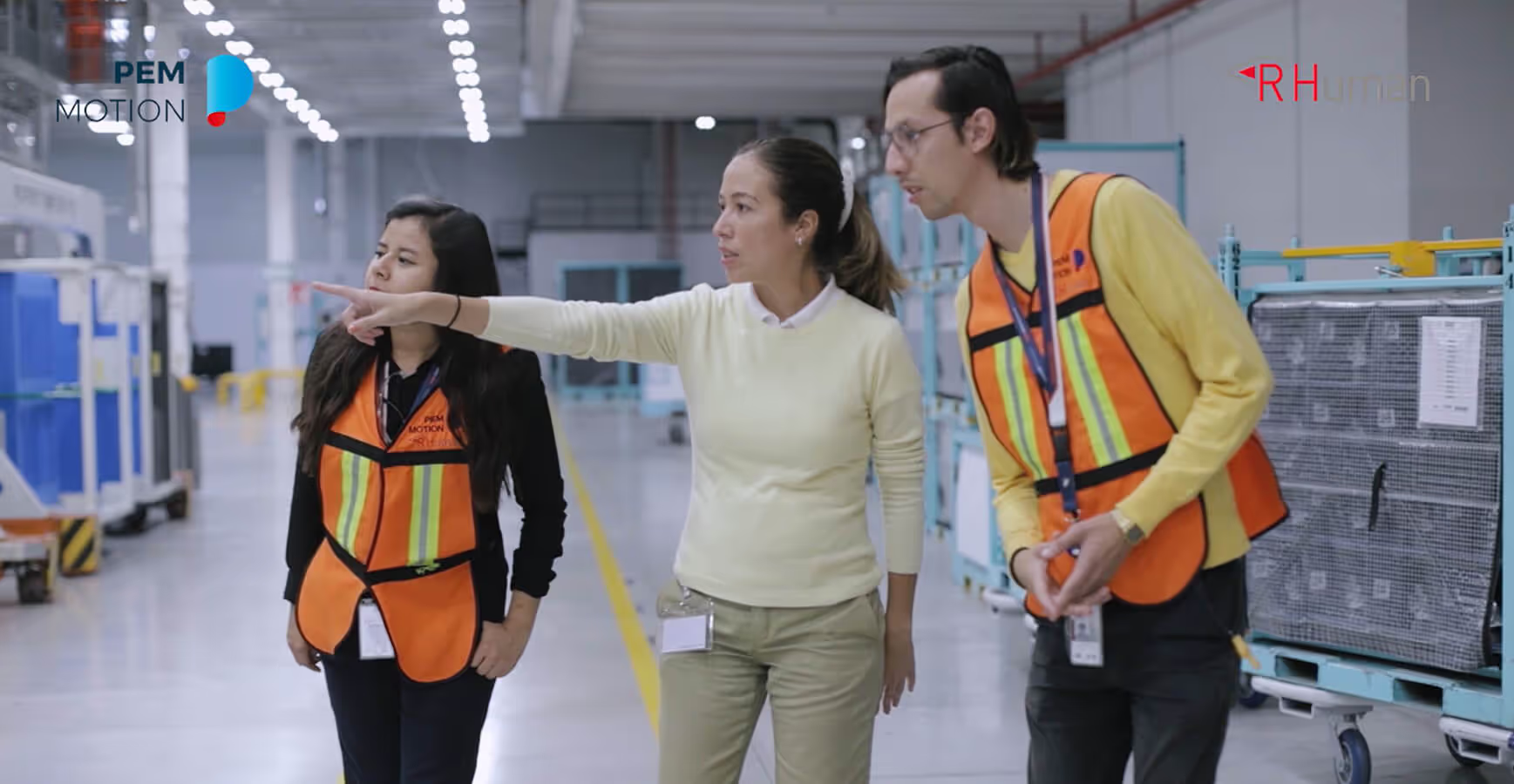

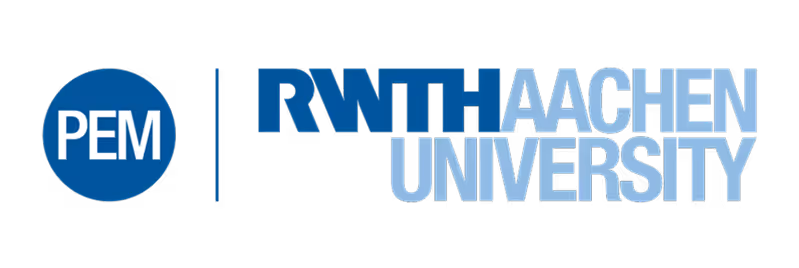



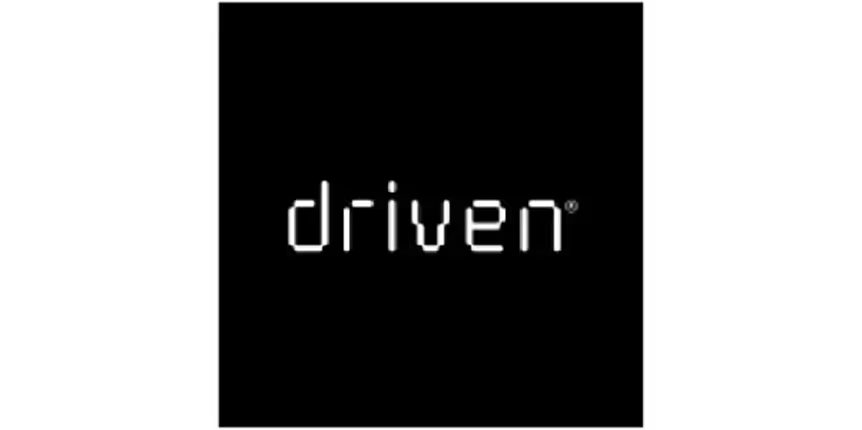




.avif)





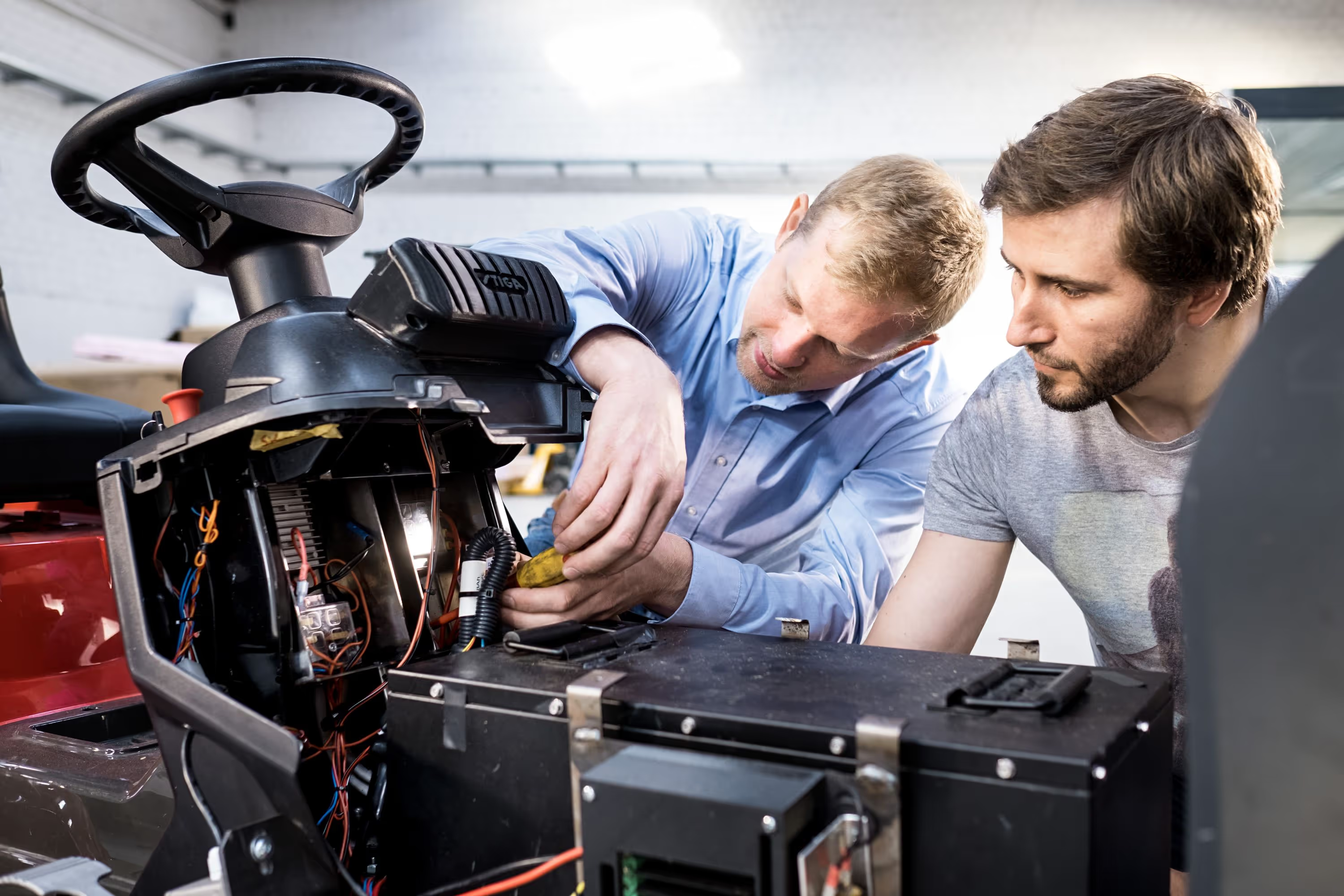
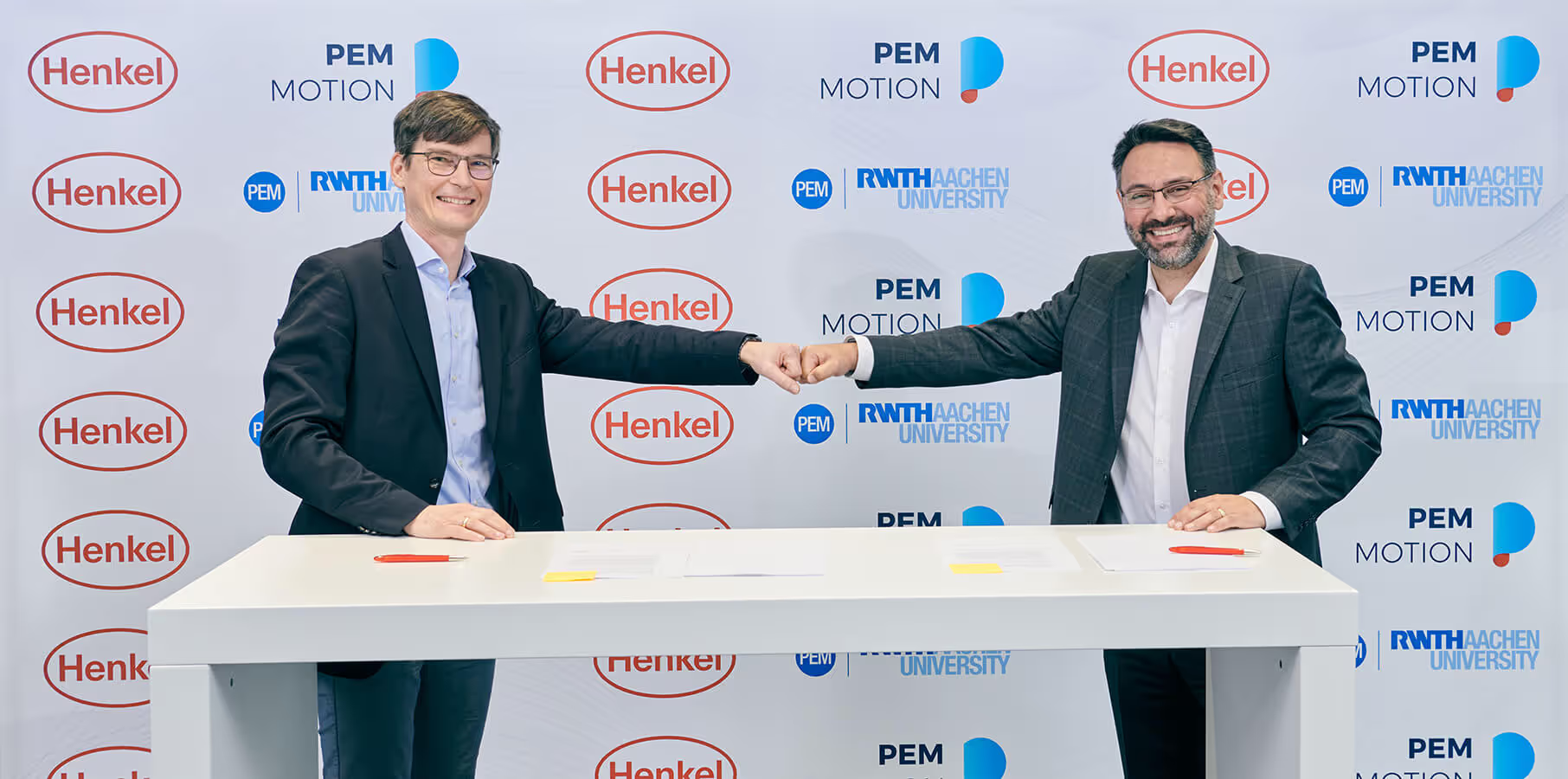

.avif)

